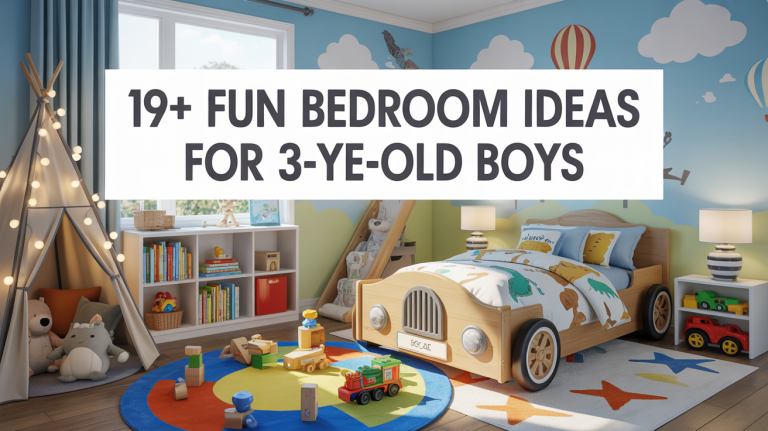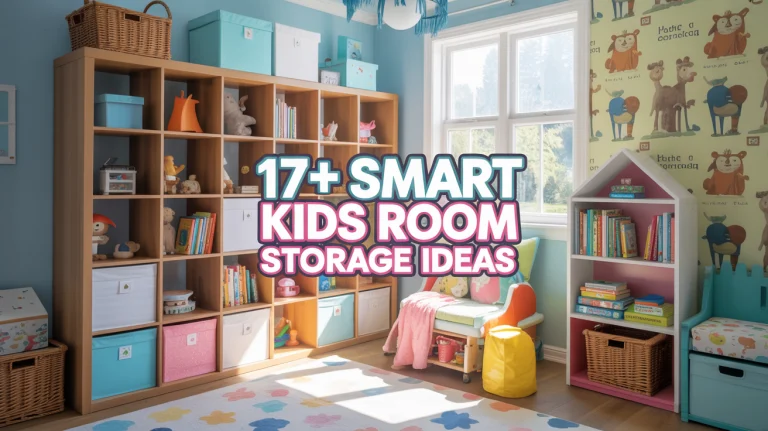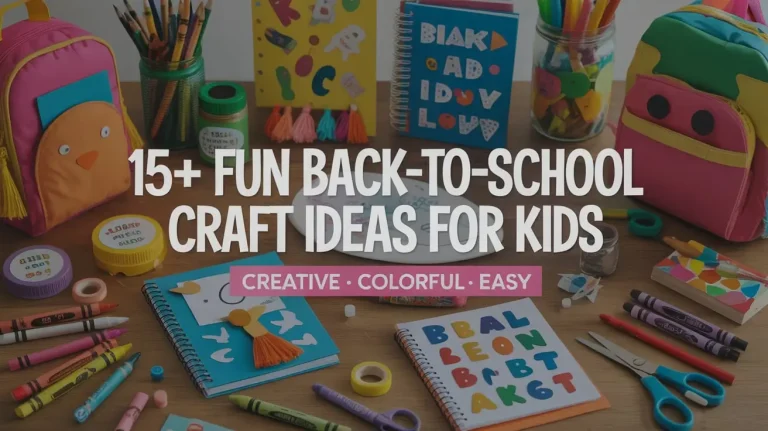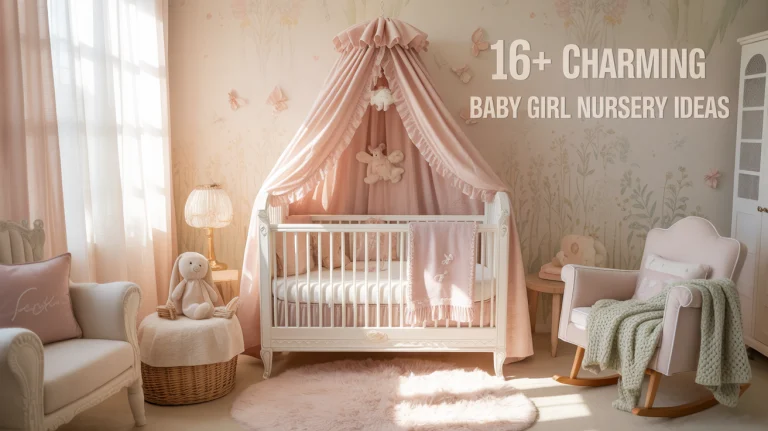15+ Inspiring Ideas for Foster Child Bedroom Setup
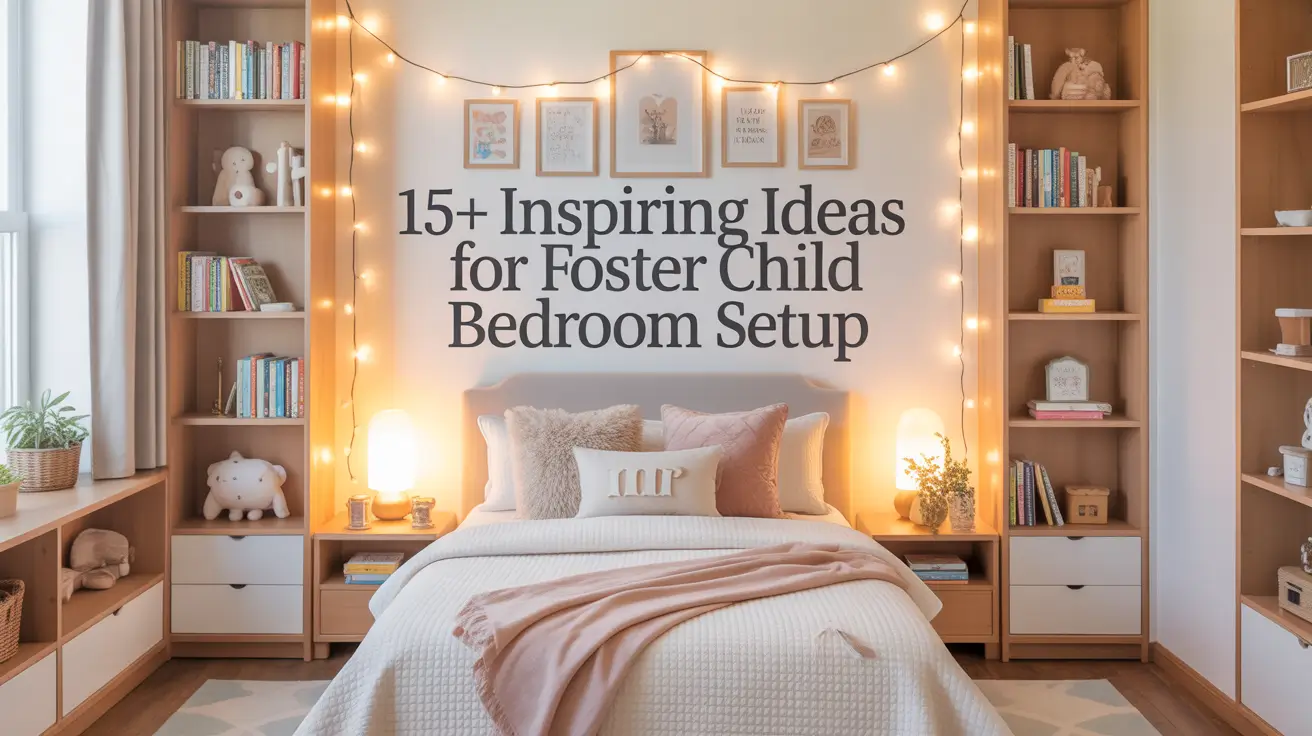
Design a Safe, Welcoming, and Comfortable Space for Every Child

Creating a bedroom for a foster child is about more than just furniture. It’s about building a space where they feel safe, valued, and at home. Whether you’re preparing a room for emergency placement or long-term care, thoughtful touches can make a huge difference. These ideas will help you create a space that’s both practical and personal, without overwhelming your budget or your time. Let’s explore some heartwarming and functional ways to set up a bedroom that nurtures comfort, stability, and belonging.
1. Choose a Neutral Color Palette with Soft Accents

Stick to soft, calming colors like warm gray, soft green, pale blue, or creamy white. These tones provide a peaceful base and let you add personality through accessories, bedding, or artwork. Neutral backdrops are perfect because they make the room feel open and adaptable, especially when you’re unsure of the child’s preferences.
2. Provide a Comfortable and Supportive Mattress

Sleep is essential for every child’s well-being. Invest in a good-quality mattress with breathable materials and the right firmness. A waterproof mattress protector helps keep it clean and allergy-free. Adding a mattress topper or a cozy pad makes the bed more welcoming from the very first night.
3. Use Storage That’s Easy to Access

Low shelves, labeled bins, and underbed storage help foster children stay organized without feeling overwhelmed. Open bins can help younger kids easily see and grab what they need. If space is limited, consider stackable storage cubes or soft baskets that can be moved as needed.
4. Add Personalized Touches Without Overdoing It

Since foster care can come with transitions, keep the room adaptable. Offer removable wall decals, photo frames, or a bulletin board so the child can add their own personality over time. A nameplate on a door, a soft welcome note, or a chalkboard wall they can decorate helps them feel ownership.
5. Include a Reading Corner for Quiet Time

Set up a soft chair, beanbag, or cushioned floor mat in a quiet corner with a basket of books. It offers a peaceful retreat where the child can relax, read, or unwind. Add a small bookshelf and consider lighting the corner with a gentle reading lamp for comfort and visibility.
6. Add a Desk or Table for Homework and Creativity

Even a small desk or sturdy table gives the child space to write, color, draw, or do homework. Include a comfortable chair and simple supplies like crayons, paper, and pencils. Storage containers or a drawer organizer can keep everything neat and accessible.
7. Use Night Lights for Extra Comfort

A small night light can make a big difference. It helps children feel safe in a new space, especially at night. Choose a soft-glow style with a gentle design like stars or animals. Consider dimmable plug-in options or battery-operated lights for flexibility.
8. Offer Extra Blankets and Cozy Throws

Keep spare blankets within reach. Many children find comfort in wrapping up in something soft. Folded throws in a basket can be both functional and decorative. Choose materials that are soft but washable, like fleece or cotton, to make bedtime warm and easy.
9. Add Hooks and Hangers at Child Height

Wall hooks or small racks at child height give them control over their belongings. Let them hang coats, backpacks, or hats where they can reach. These can be both decorative and practical. Consider fun shapes or colors to make the space feel more playful and personalized.
10. Keep a Drawer or Shelf Just for Them

Designate a special spot that’s theirs alone. Whether it’s a drawer, shelf, or box, it gives them a place to keep personal items and feel a sense of ownership. Label it with their name and allow them to decide what goes inside. This simple gesture can build trust and a sense of stability.
11. Display Positive Messages and Art

Frame quotes that encourage kindness, strength, and hope. Mix in cheerful wall art or posters with uplifting themes that bring warmth and positivity to the room. These small additions help create an atmosphere of encouragement and emotional support.
12. Use Soft Lighting to Create a Calm Mood

Harsh lights can feel jarring. Use table lamps, floor lamps, or string lights to create a gentle atmosphere, especially in the evening. Adjustable lighting allows the child to choose their preferred brightness, promoting autonomy and comfort.
13. Choose Functional Yet Flexible Furniture

Opt for furniture that’s easy to move and multipurpose. A storage bench can be a seat and a place for toys. A trundle bed can give sleeping space to siblings or guests. Flexibility is key to adjusting the room as the child’s needs grow or change.
14. Include Items for Comfort and Transition

Weighted blankets, stuffed animals, or calming sensory toys can help children adjust to a new environment. Keep these optional and child-led. Not every child will want a plush toy, but having one available shows thoughtful care and consideration for emotional needs.
15. Make the Room Easy to Clean and Maintain

Choose washable fabrics, wipeable surfaces, and clutter-free layouts. A clean space feels calmer and makes it easier to keep routines in place. Use baskets with liners, machine-washable rugs, and simple furniture that can be dusted or wiped easily.
16. Add a Welcome Basket with Essentials

Have a small basket with new toothbrushes, hairbrush, socks, or small toys ready for each new child. It shows care and helps them feel instantly seen. You might include a handwritten welcome note, age-appropriate books, or a small night light to help ease the transition.

